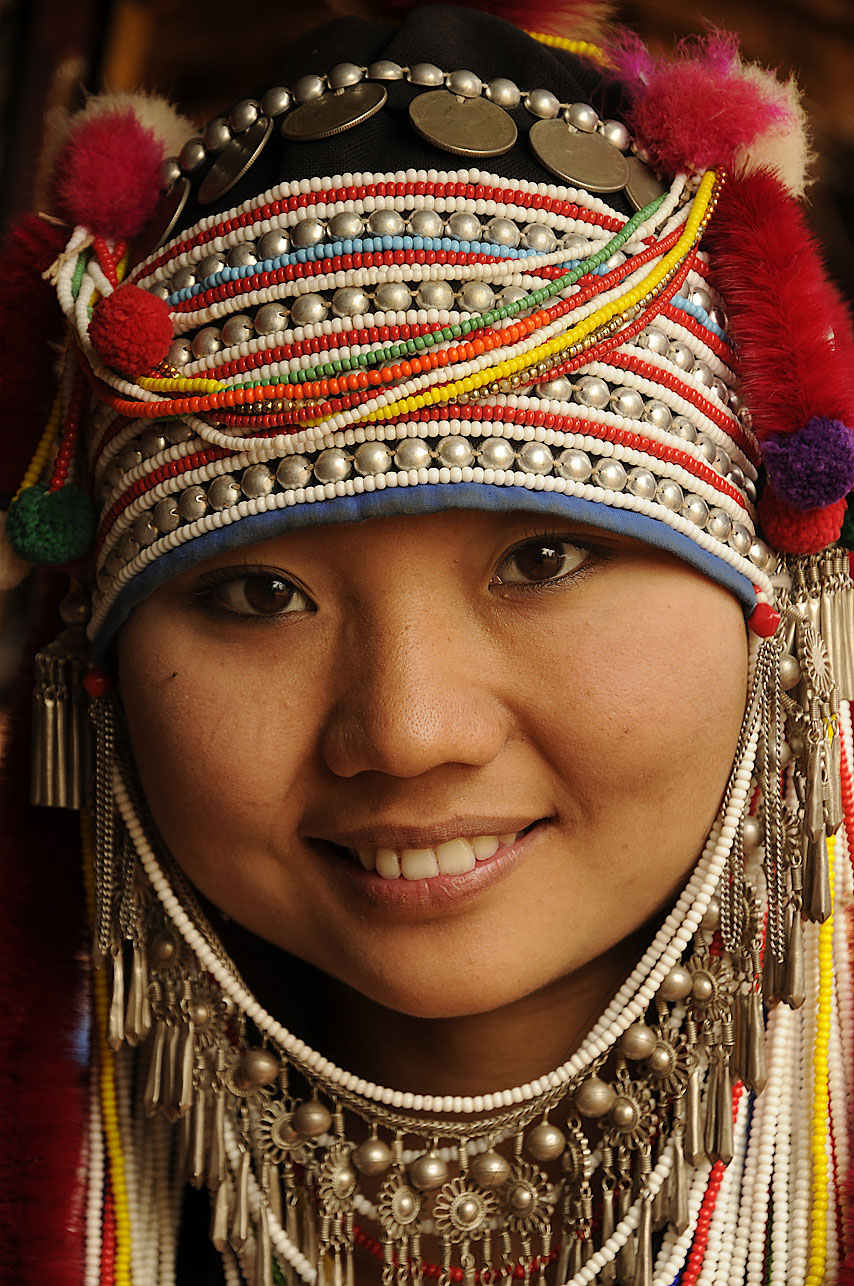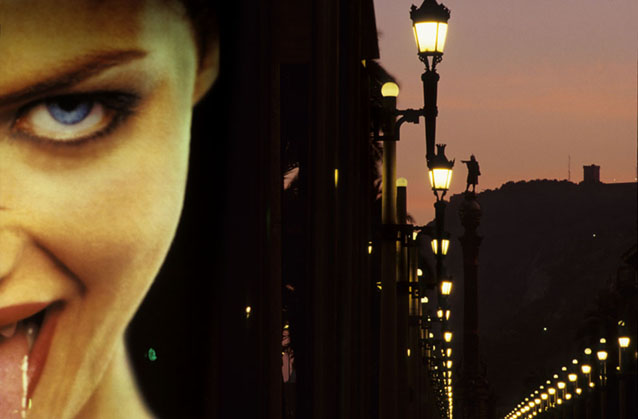Understanding the Use of Light in Photography
Light is an important element of photography. It can be manipulated in a number of ways to achieve the effect you want your photograph to impart. As a photographer, you have to work with different kinds of lighting. One is natural light, for which you don’t have carry any extra equipment around. Here’s a look at some ways in which you can use natural light to your subject’s/scene’s advantage for high-impact photographs.
Natural light for indoor photography
You don’t have to be outside to use natural light for photography. One way of doing this is by taking pictures of your subject standing or sitting near a window in a room. A bigger and brighter window is helpful in creating a softer image; a small, less brighter window can help in capturing a more dramatic look. Allow some of the subject to be underexposed, with light touching only the most important part(s) of the subject.
If there isn’t enough light being generated by the window, you can place a mirror at a spot where it can reflect natural light. Make sure you turn off overhead lighting and lamps as mixed lighting can cause shadows and undesirable yellow color effects from the ambient light sources.
Five quick tips on creating stunning photos with natural light
- If you wait for a perfectly cloudless day for nature photography, you may just end up with a perfectly boring picture. Bad weather can be your good friend in capturing the drama in a landscape, so don’t give dynamic weather conditions a slip.
- Shooting a sunset scene? Don’t aim for the sun itself, explore opportunities in the scenes being ignited by the sunset to capture contrasts, interesting color variations and other striking effects.
- When the sky is dark, expose for the light and let the sky be mysterious and brooding. It will add drama to the portion of the photograph touched by light.
- When you want to use backlighting in a shot, the natural light illuminating your subjects from the back often have a halo effect on their clothing, hair and other details. You can create a more visually striking effect by underexposing the image and allowing the highlights to glow.
- If you are photographing a landscape with high contrasts, i.e, there is a great difference between light and dark, try different exposures to decide what option makes the best use of the available light.
Light can emphasize parts of a photograph you want viewers to be drawn towards. By using light intelligently, you can easily lead your viewers to the key parts of a photograph.




No Comment